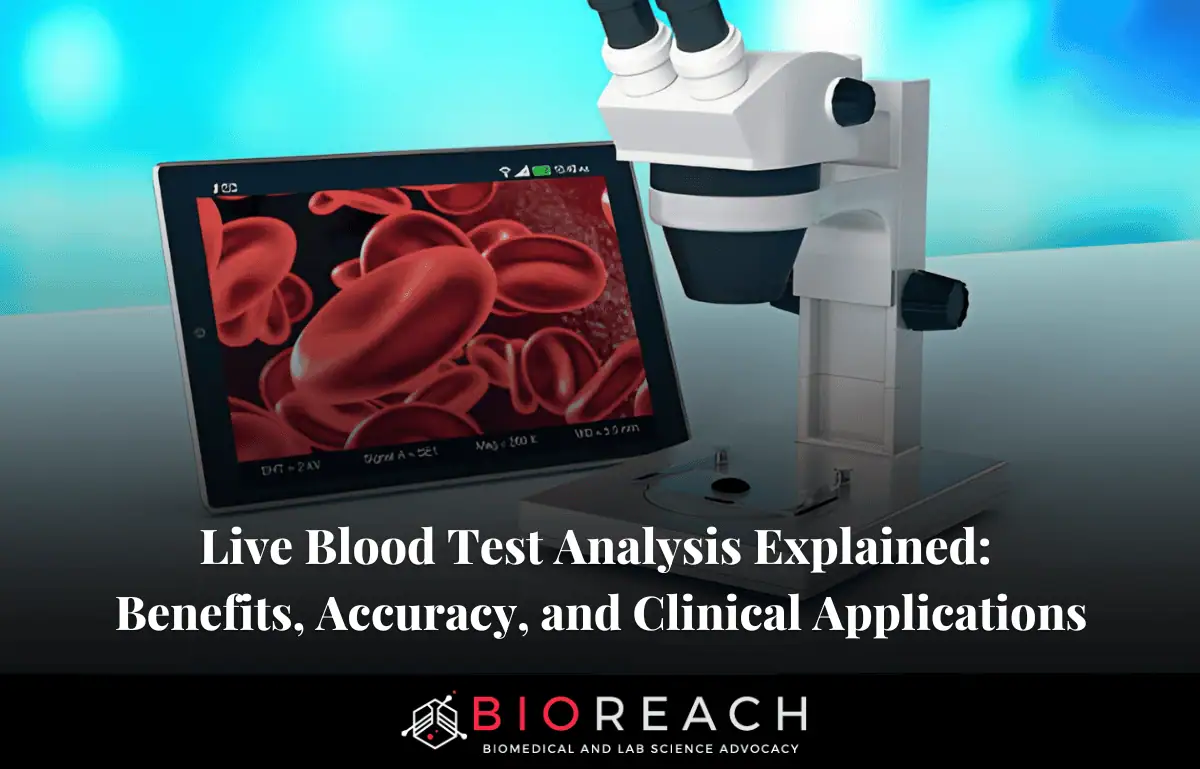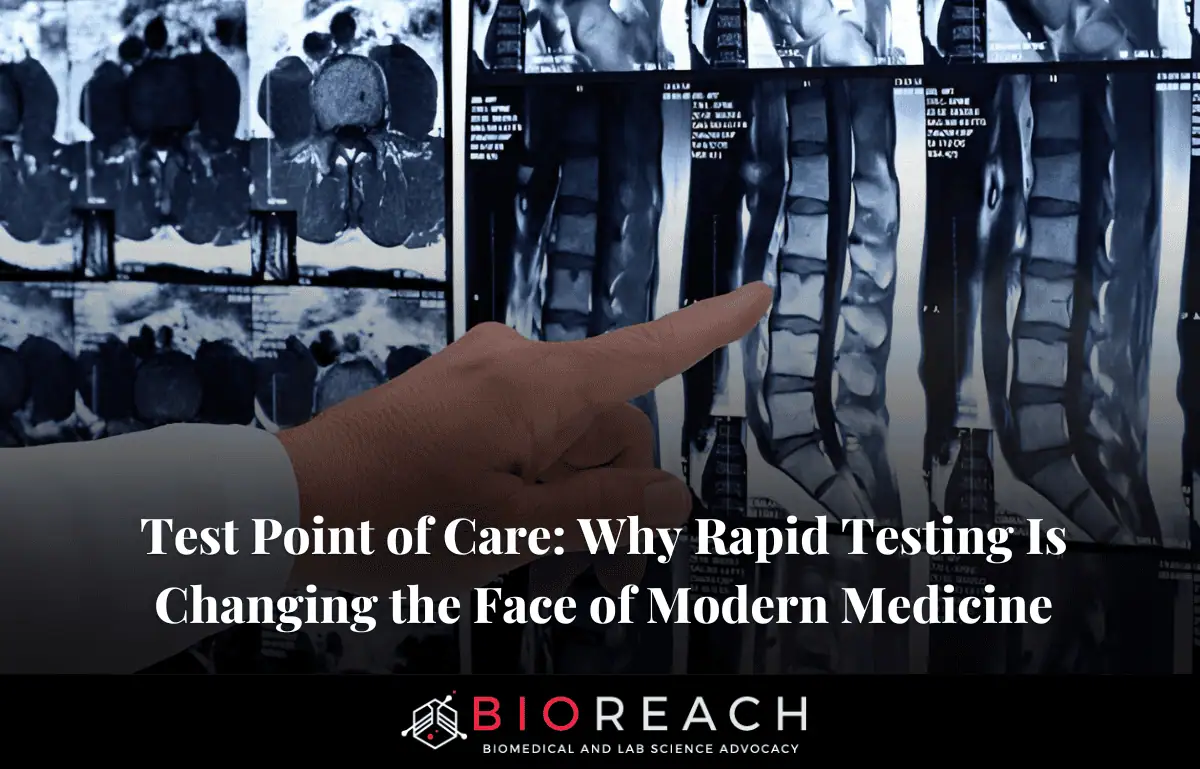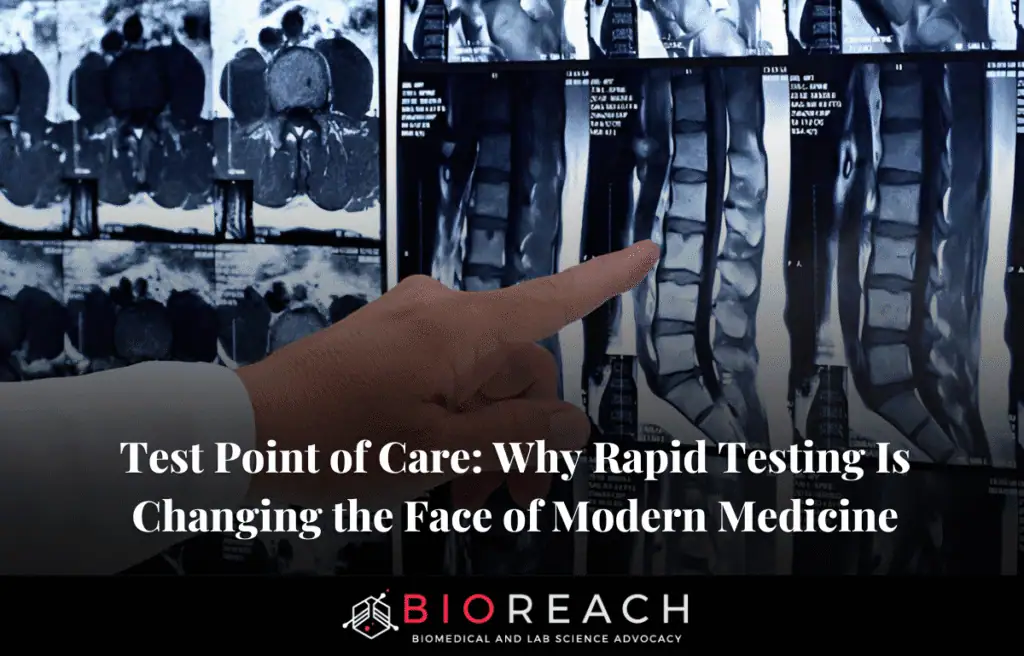Chronic disease management, also known as noncommunicable diseases (NCDs), represents a persistent and often lifelong health challenge that affects millions worldwide. These conditions, including diabetes, cardiovascular disease (CVD), chronic kidney disease (CKD), hypertension, and obesity, are characterized by their long duration and slow progression.
According to the Centers for Disease Control and Prevention (CDC), an estimated 129 million people in the United States have at least one major chronic disease, such as heart disease, cancer, diabetes, obesity, or hypertension. Globally, NCDs account for 73% of all deaths in low- and middle-income countries, with cardiovascular diseases leading the toll at around 19 million deaths annually. In the U.S., 90% of the nation’s $4.9 trillion annual health care expenditures are attributed to people with chronic and mental health conditions. These statistics underscore the immense burden chronic diseases place on individuals, healthcare systems, and economies.
Managing chronic diseases requires a multifaceted approach, encompassing lifestyle modifications, pharmacological interventions, and regular monitoring. At the heart of this management lies the clinical laboratory, which provides critical data through diagnostic tests, monitoring tools, and predictive analytics. Laboratories do more than just confirm diagnoses; they enable early detection, track disease progression, assess treatment efficacy, and help prevent complications. Blood tests, for instance, are pivotal in preventing, diagnosing, and managing chronic conditions by monitoring changes in disease states over time.
This article delves into how labs support chronic disease management, exploring specific tests, technological advances, integration with healthcare systems, challenges, and future directions. By examining these elements, we highlight the indispensable role of laboratory medicine in improving patient outcomes and reducing healthcare costs.
The Role of Labs in Diagnosis and Early Detection

Early detection is a cornerstone of effective chronic disease management, as it allows for timely interventions that can slow or even reverse disease progression. Laboratories play a vital role here by providing objective, quantifiable data through various tests.
For diabetes, one of the most prevalent chronic conditions affecting over 38 million Americans, lab tests are essential for both diagnosis and risk assessment. The A1C test, also known as hemoglobin A1C or HbA1c, measures average blood glucose levels over the past three months and is a primary tool for diagnosing type 2 diabetes. A value of 6.5% or higher indicates diabetes, while 5.7% to 6.4% suggests prediabetes.
Other tests include the fasting plasma glucose (FPG) test, which requires an overnight fast and measures blood sugar levels (126 mg/dL or higher for diabetes), and the oral glucose tolerance test (OGTT), where blood sugar is checked two hours after consuming a sugary drink (200 mg/dL or higher for diabetes). These tests not only diagnose but also identify prediabetes, allowing for preventive measures like diet and exercise to avert full-blown disease.
In cardiovascular disease management, which remains the leading cause of death globally, lab tests help assess risk factors and detect early signs. A standard cholesterol test, or lipid panel, measures total cholesterol, low-density lipoprotein (LDL or “bad” cholesterol), high-density lipoprotein (HDL or “good” cholesterol), and triglycerides. High LDL levels (above 100 mg/dL optimally) increase atherosclerosis risk. Advanced tests like high-sensitivity C-reactive protein (hs-CRP) detect inflammation linked to heart disease, while lipoprotein(a) and plasma ceramides provide deeper insights into genetic and metabolic risks. Natriuretic peptides, such as B-type natriuretic peptide (BNP), are used to diagnose heart failure by indicating cardiac stress. These biomarkers enable clinicians to stratify patients’ risks and initiate statins or lifestyle changes early.
Chronic disease management, like as kidney disease, often a complication of diabetes or hypertension, affects about 37 million U.S. adults. Lab tests are crucial for detection, as CKD is frequently asymptomatic in early stages. The estimated glomerular filtration rate (eGFR), calculated from serum creatinine levels, assesses kidney function; an eGFR below 60 mL/min/1.73m² for three months or more indicates CKD. Urine tests for albumin-to-creatinine ratio (ACR) detect proteinuria, a sign of kidney damage (30 mg/g or higher suggests CKD). Blood urea nitrogen (BUN) and comprehensive metabolic panels further evaluate waste product buildup. Early lab-based identification allows for interventions like blood pressure control to preserve kidney function.
Beyond these, labs support the detection of other chronic conditions like thyroid disorders (via TSH and free T4 tests) and autoimmune diseases (through autoantibody assays). Overall, lab tests facilitate screening in at-risk populations, such as those with obesity or family history, potentially reducing the $47 trillion global cost of chronic diseases by 2030 through prevention.
Monitoring and Adjusting Treatment Plans

Once diagnosed, chronic diseases require ongoing monitoring to evaluate treatment effectiveness and adjust therapies. Labs provide longitudinal data that tracks disease control and identifies complications.
In diabetes management, regular HbA1c testing (every 3-6 months) monitors glycemic control, guiding adjustments in insulin, oral medications, or lifestyle. Additional tests like comprehensive metabolic panels (CMP) assess kidney and liver function, while lipid panels check for cardiovascular risks, as diabetes doubles heart disease. Microalbuminuria tests detect early kidney damage, allowing for ACE inhibitors to be prescribed promptly.
For CVD, serial lipid panels monitor cholesterol-lowering therapies like statins. Troponin tests detect acute events like myocardial infarction, but for chronic management, hs-CRP and BNP track inflammation and heart strain. Advanced panels, including apolipoprotein B (ApoB) and lipoprotein(a), offer precise risk assessment beyond traditional lipids, helping tailor antiplatelet or antihypertensive regimens.
In CKD, routine eGFR and ACR tests monitor progression across stages 1-5. Electrolyte panels detect imbalances like hyperkalemia from reduced kidney function, while parathyroid hormone (PTH) and vitamin D tests manage bone disease complications. These allow for dose adjustments in medications like erythropoietin for anemia.
Labs also optimize medication adherence and safety. Therapeutic drug monitoring ensures levels of drugs like warfarin (for atrial fibrillation in CVD patients) are within range, preventing bleeding or clots. Pharmacogenomic testing, an emerging lab service, identifies genetic variants affecting drug metabolism, personalizing treatments for conditions like hypertension. By providing actionable insights, labs reduce hospitalizations—appropriate lab utilization can lower missed diagnoses.
Advances in Laboratory Technology Enhancing Chronic Care
Technological innovations in laboratory medicine are revolutionizing chronic disease management, making tests faster, more accurate, and accessible.
Point-of-care testing (POCT) allows immediate results at the bedside or home, enhancing chronic monitoring. For diabetes, handheld glucometers and HbA1c analyzers enable real-time adjustments. In CVD, portable devices measure lipids or BNP, improving outcomes in remote areas.
Precision medicine integrates genomics and proteomics. Genetic testing identifies mutations like those in BRCA for cancer risk or CYP2C19 for clopidogrel response in heart patients. Molecular diagnostics, such as next-generation sequencing, detect biomarkers for personalized therapies in autoimmune diseases.
Artificial intelligence (AI) and machine learning analyze lab data for predictive insights. AI algorithms predict disease risks from blood tests, optimizing diagnostics in chronic conditions. Big data in labs improves quality control and trend analysis.
Biosensors and wearable-integrated labs monitor continuously. A biosensor for autoimmune disorders measures autoantibodies in real-time. Telemedicine integrates lab data remotely, reducing visits.
These advances promise cost savings and better adherence, though adoption varies by region.
Integration of Lab Data with Healthcare Systems

Effective chronic disease management relies on seamless data flow, where lab results integrate into electronic health records (EHRs).
EHR integration allows real-time access to lab data, improving care coordination. For chronic care, this means providers see trends in HbA1c or eGFR instantly, adjusting plans without delays. APIs connect external labs to national EHRs, standardizing data.
In value-based care, lab data drives gaps-in-care strategies, identifying non-adherent patients for outreach. Remote patient monitoring (RPM) with EHRs reduces readmissions by 38% and improves outcomes by 25%.
Patient portals enhance engagement; access to EHRs boosts adherence. However, interoperability challenges persist.
Challenges in Lab Support for Chronic Disease Management
Despite benefits, challenges hinder optimal lab use.
Standardization issues lead to over- or under-testing; projects in the UK have standardized monitoring, reducing unnecessary tests. Costs are high—increased testing raises lab expenses.
Access disparities affect rural or low-income areas, complicating monitoring. Data quality and consensus in surveillance pose issues.
Coordination between providers and labs can falter, leading to delayed results. Organizational barriers slow AI adoption.
Addressing these requires policy, training, and investment.
Case Studies: Real-World Impact

Consider a diabetes clinic using integrated lab-EHR systems: Regular HbA1c monitoring reduced complications by 20% through timely interventions.
In CKD, the National Kidney Foundation’s Laboratory Engagement Initiative improved primary care testing, enhancing early detection.
A CVD program with advanced biomarkers like ApoB, tailored therapies,and lowering events.
These examples show labs’ transformative potential.
Future Directions
Looking ahead, labs will leverage AI for predictive modeling, integrating multi-omics data for holistic management. Value-based lab medicine will prioritize patient-centered tech.
Surveillance will use EHR data for rapid insights. Global efforts will focus on equity.
Research must disseminate guidelines better.
Conclusion
Laboratories are pivotal in chronic disease management, from early detection to personalized monitoring. With advances and integrations, they promise better outcomes amid rising prevalence. Overcoming challenges will ensure equitable access, ultimately alleviating the global burden of chronic diseases.














